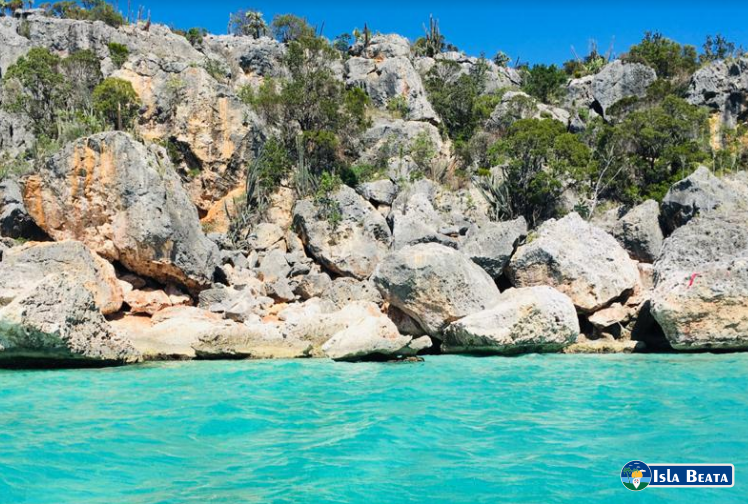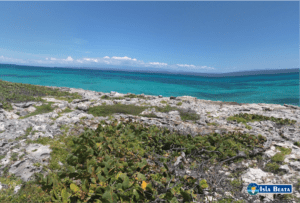
Beata Island is an island in the Caribbean Sea, located 7 kilometers southwest of Cabo Beata, the southernmost point of the island of Hispaniola. Belonging to the province of Pedernales and in turn to the Dominican Republic, it is undoubtedly a beautiful place full of many charms.
Beata Island is triangle-shaped and flat. The island covers 27 km² in area and is uninhabited. There is a giant snail called lambí (Strombus gigas) and also sea turtles, crabs and lobsters.
These species are disappearing from the island due to hunting. Now, a small colony of wild goats lives here. In 2001, a species was discovered on this island that is endemic to the Jaragua National Park nature reserve (where it is located), it is a gecko (Sphaerodactylus ariasae) that is considered one of the two smallest reptiles in the world (16 mm ).
Beata Island, like Alto Velo Island and Los Frailes Island, was discovered by Admiral Christopher Columbus during his second voyage, at the end of August 1494. The location of these islands is so strategic that Columbus visited them in three of his four trips. On his first voyage, as far as Hispaniola was concerned, Columbus limited himself to skirting its northern coast.

The island is separated from Cabo Beata (on Hispaniola) by the Canal de la Beata; this channel has, for its widest part, about 7 km in the east and 8 km in its western part. The Canal de la Beata presents shoals of different depths of up to 3 fathoms deep and serves as a limit to the Beata on the north side. On the southern part it is separated from the island of Alto Velo by the Alto Velo Channel, with the distance between the two islands being about 11-12 km.
Presents around the lagoons of the northeast coast of the island. The dominant and exclusive species is Rhizophora mangle. Several archaeological sites have been discovered on the island, the best known being Sitio Dumet, which is located on the northeast shore of the island, 600 m inland from the beach line. The investigations have made it possible to estimate that an indigenous settlement of between 500 and 800 individuals had existed in that place.
To find out about other interesting places in the Dominican Republic, follow us at visitadominicana.com
How to get to Beata Island: CLICK HERE!
